Located at 15 Huangpu Road, Hongkou District, on the site of the Astor House Hotel, the China Securities Museum was inaugurated last week.
Back in 1990, the Shanghai Stock Exchange was founded at the Astor House Hotel, which thus stands witness to the birth, development and growth of New China’s securities market.
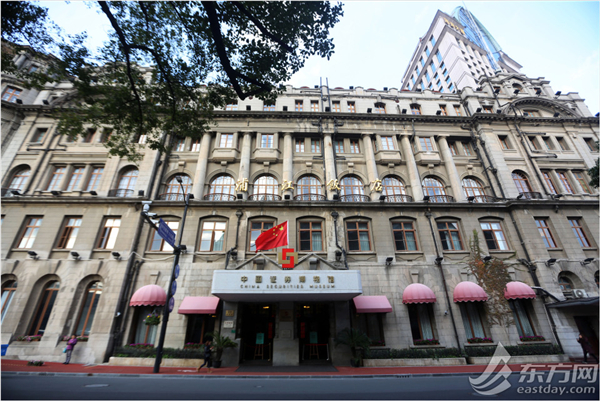
The opening gong of the Shanghai Stock Exchange is one of the exhibits housed at the newly unveiled museum. The gong was bought at Shanghai’s City God Temple and cost 600 yuan. On December 19, 1990, it was beaten for the first time in Astor House Hotel, ushering in a new era of the country’s securities market.
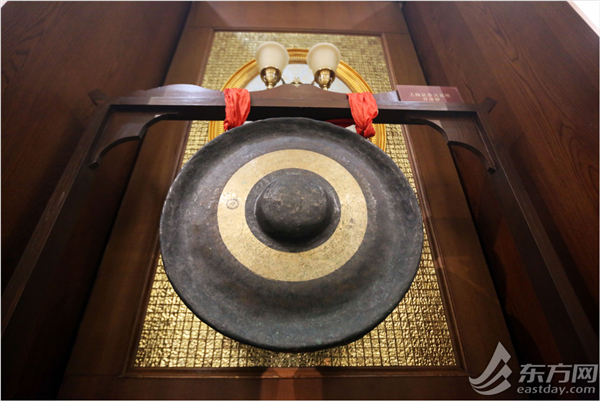
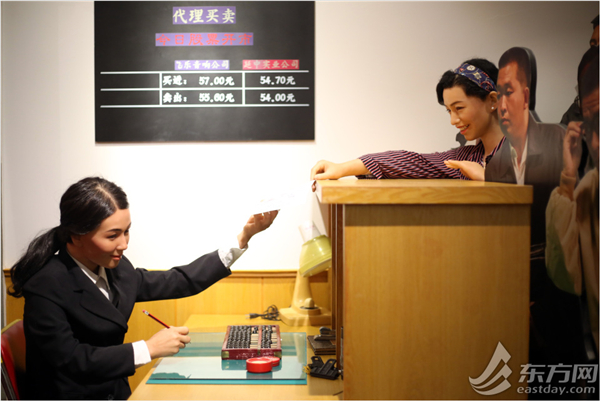
The China Securities Museum also represents the scene of China’s first stock trading counter. In 1986, the Jing'an Securities Business Department of the Industrial and Commercial Bank of China Shanghai Trust and Investment Company acted as a proxy to trade two stocks owned respectively by Feilo Audio and Yanzhong Industrial through cash transactions. At 9:00am on September 26, 1986, the Jing'an Securities Business Department officially opened, with a total turnover of 80,000 yuan.
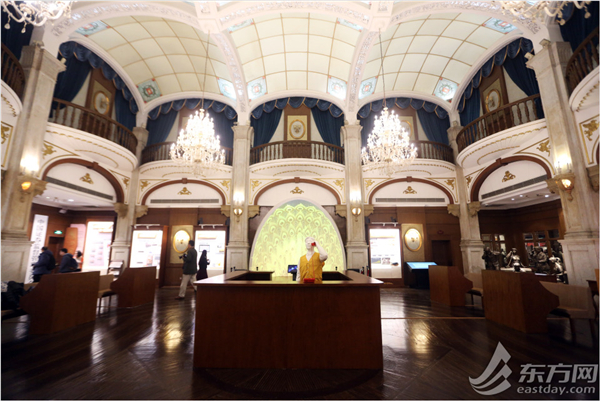
The Peacock Hall on the first floor of the museum is the founding place of the Shanghai Stock Exchange. It will soon be open to the general public and people can check the official website of the museum for more information.
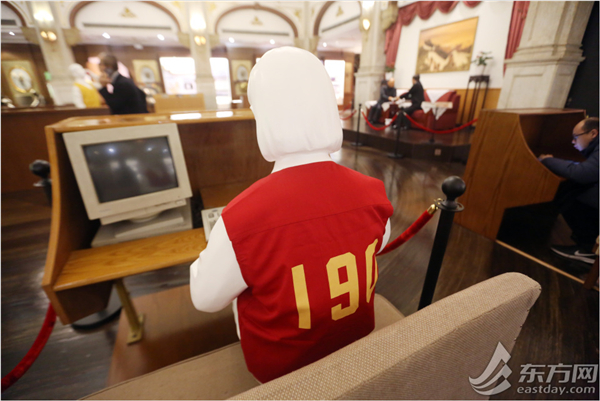
In the early days, as there was no remote transaction service, the client had to report their transaction instructions via telephone to the securities trader who would later type the orders into the stock exchange’s trading host computer. The traders were dubbed “red vests” because of the color of their uniform.
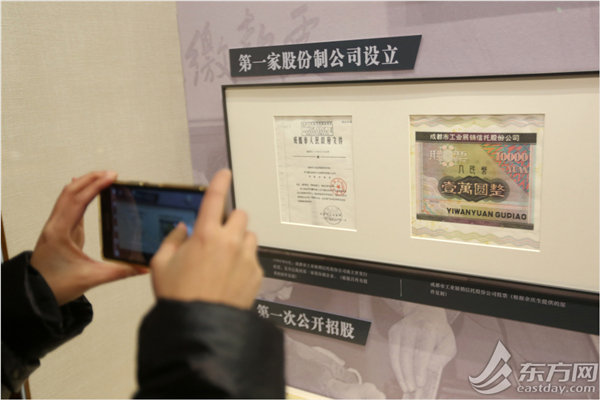
In June 1980, Chengdu Industrial Exhibition Trust Company was established and began to issue stock shares as China’s first joint-stock company on record. A copy of the stock is now being exhibited at the China Securities Museum.
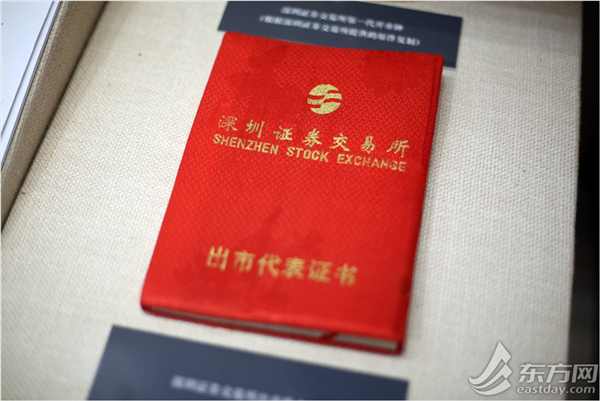
The Shenzhen Stock Exchange started its business in a trial operation on December 1, 1990. On April 16, 1991, it was approved by the People’s Bank of China and held its launch ceremony on July 3. The picture above shows a permit of a trader employed at the institution.
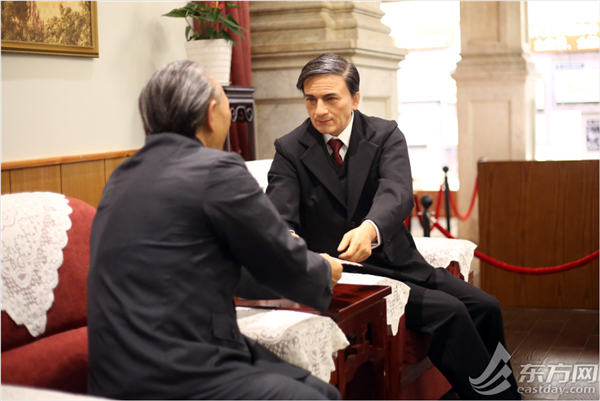
The museum also brings back the scene of Deng Xiaoping’s meeting a U.S. securities delegation led by John J. Phelan, Jr, on November 14, 1986. In the People’s Hall in Beijing China’s then leader presented the then chairman of the New York Stock Exchange with a 50-yuan Feilo Audio stock as a gift.
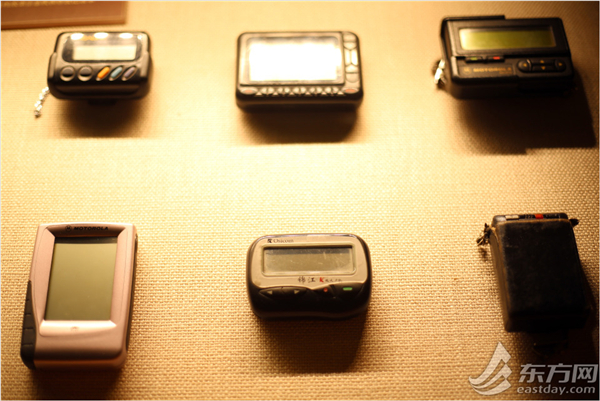
The picture shows old beepers used by individual investors to get updates on their stock shares.
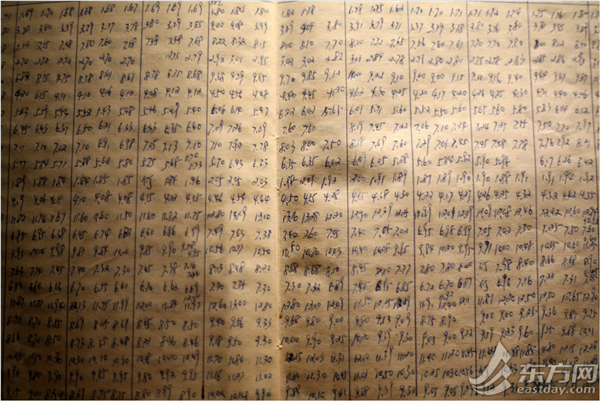
The picture shows a stock records book kept by an individual investor.
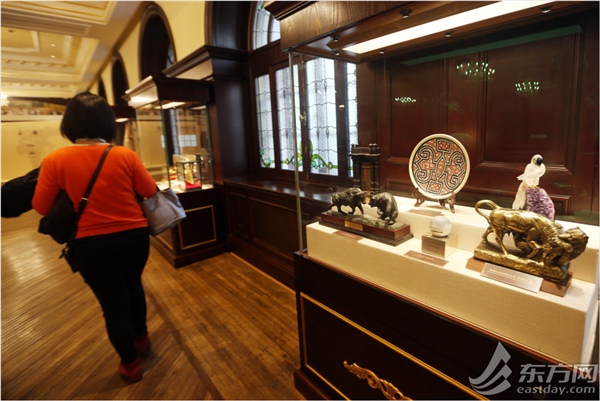
The second floor of the museum houses the exhibits of stock exchanges in countries and regions along the Belt and Road route.
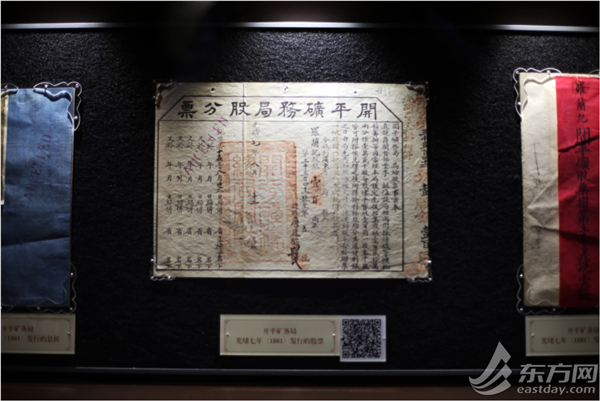
The third floor shows the exhibits collected by Xiangcai Securities’ Lidao Museum of Securities. The picture above shows the stock issued by Kaiping Mining Bureau in the 7th year of the reign of Emperor Guangxu (1881). The stock on show is the earliest stock found in China.
